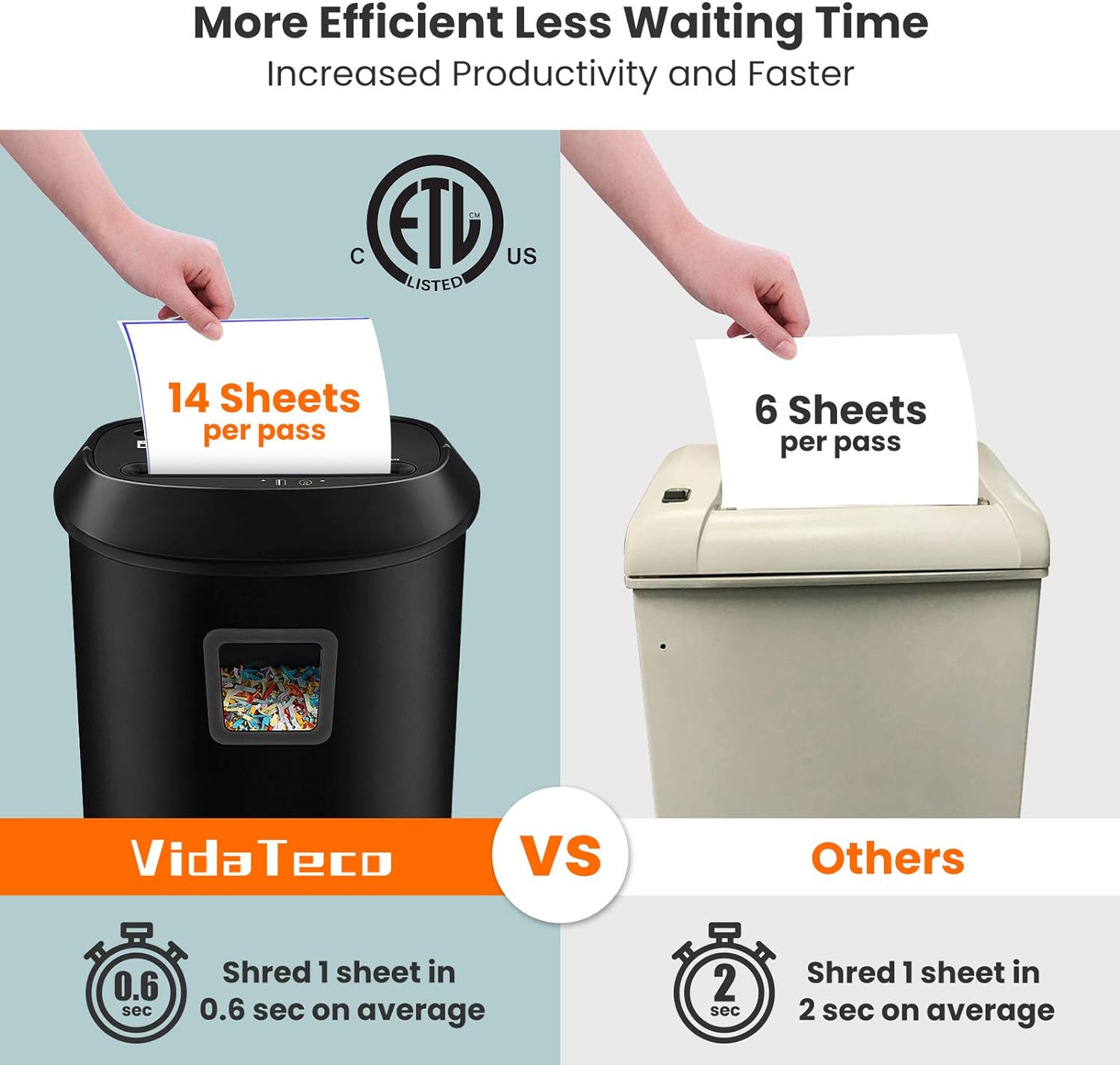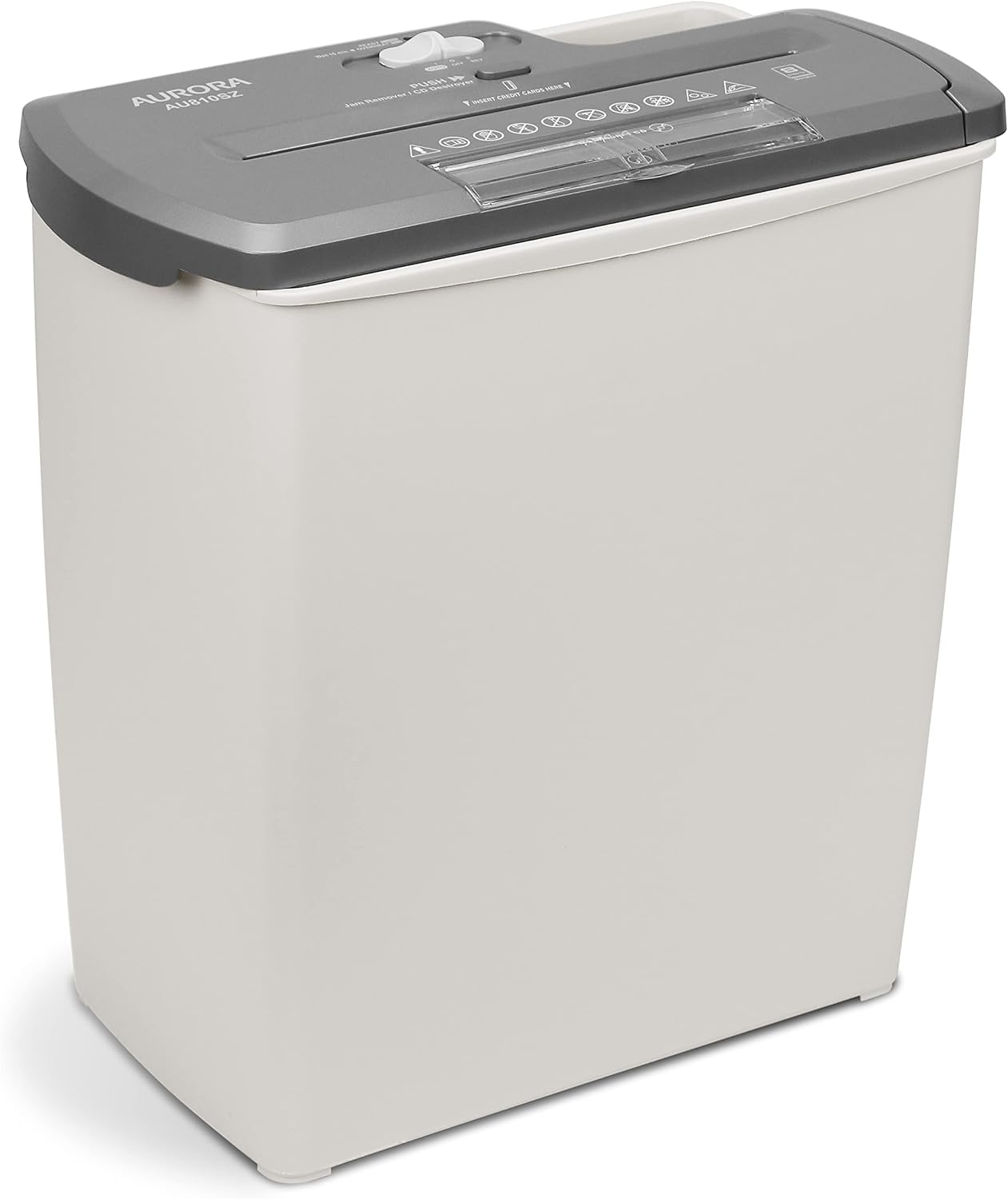When it comes to shredding important documents, the choice between a micro cut or cross cut shredder can be a tough decision. Both options offer their own unique benefits, making it difficult to determine which one is truly superior. In this article, we will explore the advantages of both micro cut and cross cut shredders, helping you to make an informed decision and find the perfect shredder for your needs. So, whether you’re a business owner looking for maximum security or simply someone who wants to protect their personal information, this article will shed some light on the ongoing debate of micro cut versus cross cut shredders.

Introduction
When it comes to protecting sensitive information, shredding documents is a crucial step. But with so many options available, it can be difficult to determine which type of shredder is best for you. In this article, we will explore the differences between micro cut and cross cut shredders, helping you make an informed decision to meet your specific needs.
Overview of Micro Cut and Cross Cut Shredders
Definition of Micro Cut Shredder
A micro cut shredder offers a higher level of security compared to other shredder types. It works by cutting documents into tiny confetti-like particles, with some models able to produce particles as small as 5x15mm. These small particles offer a high level of protection against unauthorized access and make it nearly impossible to reconstruct shredded documents.
Definition of Cross Cut Shredder
Cross cut shredders, also known as confetti or diamond cut shredders, operate by cutting documents into small rectangular or diamond-shaped pieces. While not as small as micro cut shredders, cross cut shredders still provide a significant level of security. The size of the shredded particles can range from approximately 3x9mm to 4x40mm, depending on the model.
Comparison of Shredding Size
Micro cut shredders produce significantly smaller shredded particles compared to cross cut shredders. This means that the information contained within documents shredded by a micro cut shredder is more thoroughly destroyed. Cross cut shredders, although still effective, leave slightly larger shredded pieces, which may offer a slightly higher chance of reassembly.
Comparison of Security Level
In terms of security, micro cut shredders offer a higher level of protection due to the smaller size of the shredded particles. The tiny confetti-like pieces produced by a micro cut shredder make it extremely difficult for anyone to piece together the shredded document. Cross cut shredders, while also providing a good level of security, may have slightly larger shredded pieces that could potentially be reconstructed with more effort and time.

Performance and Efficiency
Shredding Capacity
Both micro cut and cross cut shredders have varying shredding capacities. It’s important to consider the volume of documents you will be shredding on a regular basis. Micro cut shredders typically have a lower shredding capacity compared to cross cut shredders, as the smaller shred size requires more time and effort to complete the shredding process.
Shredding Speed
When it comes to speed, cross cut shredders generally tend to be faster than micro cut shredders. This is because cross cut shredders produce larger shredded pieces, requiring less time and power to cut through the documents. However, the difference in speed may not be significant for everyday home or office use.
Continuous Run Time
Micro cut shredders often have a shorter continuous run time compared to cross cut shredders. This is due to the smaller shred size and increased strain on the motor. If you have high volumes of shredding to complete, a cross cut shredder may be a more suitable option, as it can handle longer continuous shredding sessions without overheating.
Cool-down Period
After reaching their maximum run time, both micro cut and cross cut shredders require a cool-down period to prevent motor overheating. The duration of the cool-down period may vary depending on the shredder model and capacity. It is important to consider this cool-down time when choosing a shredder to ensure it aligns with your shredding needs and workflow.
Security
Shredded Particle Size
Micro cut shredders offer a higher level of security due to the smaller size of the shredded particles. The tiny confetti-like pieces produced by these shredders make it extremely difficult for anyone to piece together the shredded document, ensuring that your sensitive information remains confidential. Cross cut shredders also provide a significant level of security, but the slightly larger shredded pieces may offer a slightly higher chance of reassembly.
Confidentiality of Information
Both micro cut and cross cut shredders effectively destroy confidential information. However, it’s important to remember that no shredder can provide complete security on its own. Proper disposal methods and handling of shredded documents are equally important to maintain the confidentiality of information. Always ensure that shredded documents are securely disposed of or recycled to minimize the risk of unauthorized access.
Compliance with Data Protection Regulations
When choosing a shredder, it is essential to consider data protection regulations that may apply to your specific industry or region. Micro cut shredders, with their smaller shredded particle size, often exceed the requirements set by data protection regulations. However, cross cut shredders can also meet many regulatory standards, depending on the size of the shredded pieces. Always verify the specific regulations applicable to your situation to ensure compliance.

Paper Capacity and Jamming
Micro Cut Shredder
Micro cut shredders typically have a lower paper capacity compared to cross cut shredders. This is due to the smaller shred size, which requires more time and effort to cut through the documents. While micro cut shredders may have a slightly lower paper capacity, they still provide efficient shredding for everyday home or small office use.
Cross Cut Shredder
Cross cut shredders often have a higher paper capacity compared to micro cut shredders. The larger shredded pieces produced by cross cut shredders require less time and effort, allowing for a higher volume of documents to be processed at once. This makes cross cut shredders suitable for larger offices or businesses with a higher shredding demand.
Preventing Paper Jams
Both micro cut and cross cut shredders are prone to paper jams if not used properly. To prevent paper jams, it is important to follow the recommended paper capacity guidelines provided by the manufacturer. Avoid overloading the shredder with too many sheets at once, as this can lead to jams and potentially damage the shredder. Regular maintenance, such as oiling the shredder blades, can also help reduce the likelihood of paper jams.
Maintenance and Durability
Maintenance Requirements
Both micro cut and cross cut shredders require regular maintenance to ensure optimal performance and longevity. This includes occasional oiling of the shredder blades to prevent buildup and maintain cutting efficiency. It is important to follow the manufacturer’s guidelines for maintenance and schedule regular check-ups on the shredder to address any potential issues before they become major problems.
Blade Lifespan
The lifespan of the shredder blades can vary depending on factors such as frequency of use, type of material shredded, and overall maintenance. Micro cut shredders, with their higher level of precision cutting, may experience slightly shorter blade lifespans compared to cross cut shredders. However, with proper care and maintenance, the blades of both types of shredders can last for a significant period.
Quality of Build Materials
When investing in a shredder, it is important to consider the quality of the build materials. Look for shredders made from durable materials that can withstand frequent use and potential mishandling. High-quality shredders are often designed to be more robust and have a longer lifespan, making them a worthwhile investment in the long run.
Noise Level
Micro Cut Shredder
Micro cut shredders generally produce less noise compared to cross cut shredders. The smaller shred size requires less force and power to cut through the documents, resulting in a quieter shredding experience. This can be beneficial for home offices or other environments where noise levels need to be kept to a minimum.
Cross Cut Shredder
Cross cut shredders may produce slightly more noise compared to micro cut shredders. The larger shred size, along with the increased power required to cut through the documents, can contribute to a slightly louder shredding operation. While the noise may not be significantly different, it is worth considering if noise levels are a concern in your workspace.
Noise Reduction Features
Many modern shredders, both micro cut and cross cut, come with built-in noise reduction features to minimize noise during shredding. These features may include foam insulation, soundproof enclosures, or specially designed motor systems to reduce noise levels. If noise reduction is a priority, look for shredders that explicitly advertise these features.
Size and Portability
Micro Cut Shredder
Micro cut shredders, in general, tend to be slightly larger and heavier compared to cross cut shredders. This is primarily due to the need for more intricate cutting mechanisms to produce the smaller shredded particles. While micro cut shredders may have a larger footprint, they are still compact enough to fit in most home offices or small business environments.
Cross Cut Shredder
Cross cut shredders, on average, are slightly smaller and lighter compared to micro cut shredders. The larger shredded pieces require less intricate cutting mechanisms, allowing for a more compact design. Cross cut shredders are generally easier to move around if mobility or space constraints are considerations for your shredding needs.
Portability Considerations
When considering the size and portability of a shredder, it is important to assess your specific requirements. If you require a shredder that can easily be moved between different locations or stored away when not in use, a smaller, lighter cross cut shredder may be more suitable. However, if portability is not a major concern, and you prioritize higher security and performance, a larger micro cut shredder would be the better option.
Usage Scenarios
Home Office
Both micro cut and cross cut shredders are suitable for home office use. Consider the volume of documents you will be shredding, the level of security needed, and the available space in your home office. If you have limited space and a relatively low shredding demand, a cross cut shredder may be more practical. If security is a top concern, and you have space for a slightly larger shredder, a micro cut shredder would provide superior protection.
Small Business
Small businesses often deal with sensitive information, making shredding a critical task. The choice between micro cut and cross cut shredders depends on the volume of documents to be shredded, the desired level of security, and the available budget. If the shredding demand is low to moderate and security is paramount, a micro cut shredder is an excellent choice. For higher shredding volumes and a balanced approach to security and budget, a cross cut shredder may be more appropriate.
Corporate Environment
In corporate environments, where large amounts of sensitive information are handled daily, a higher level of shredding capacity and security is required. Micro cut shredders are often the preferred choice in these environments. They offer the highest level of security and are capable of handling the demanding shredding needs of corporate settings. However, cost, available space, and budget should also be considered when selecting a shredder for a corporate environment.
Specific Industry Requirements
Certain industries, such as healthcare, legal, or finance, may have specific regulations and requirements regarding document disposal. It is essential to consider these industry-specific requirements when choosing a shredder. In many cases, micro cut shredders exceed the security and compliance standards set by these industries. However, cross cut shredders can also meet many of these requirements, depending on the shredded particle size and other factors. Always verify the specific regulations applicable to your industry before making a decision.
Conclusion
When it comes to choosing between a micro cut and cross cut shredder, there is no definitive “better” option. Each type has its own advantages and considerations, depending on your specific needs and circumstances. Micro cut shredders offer the highest level of security with their smaller shredded particle size, while cross cut shredders provide a good balance between security and efficiency. Consider factors such as shredding capacity, security level, maintenance requirements, noise level, and size before making your decision. By understanding the differences between these two types of shredders and assessing your needs, you can confidently choose the right shredder to protect your sensitive information effectively.



